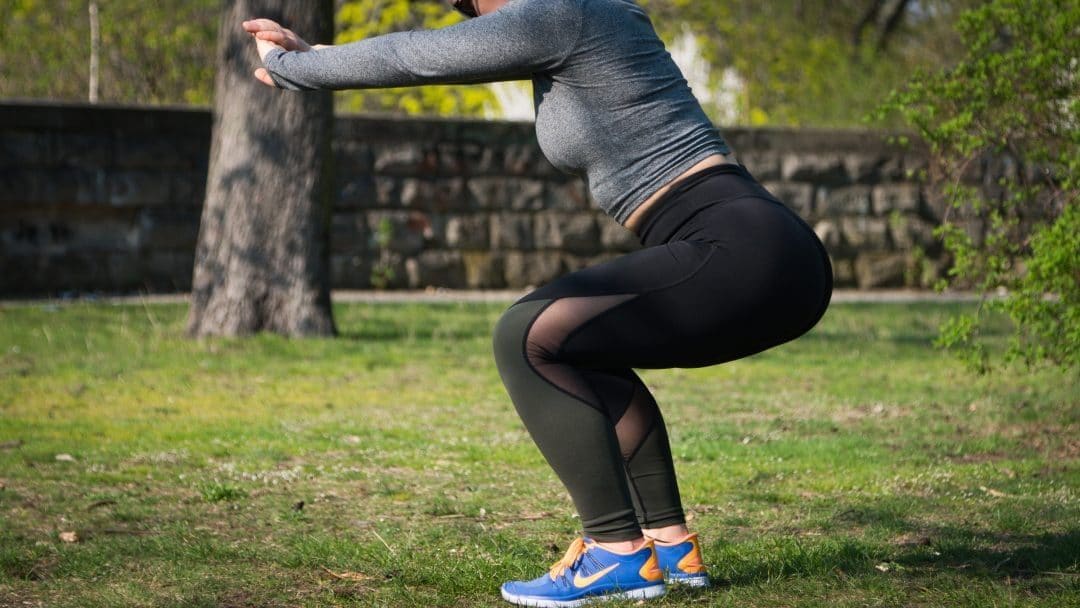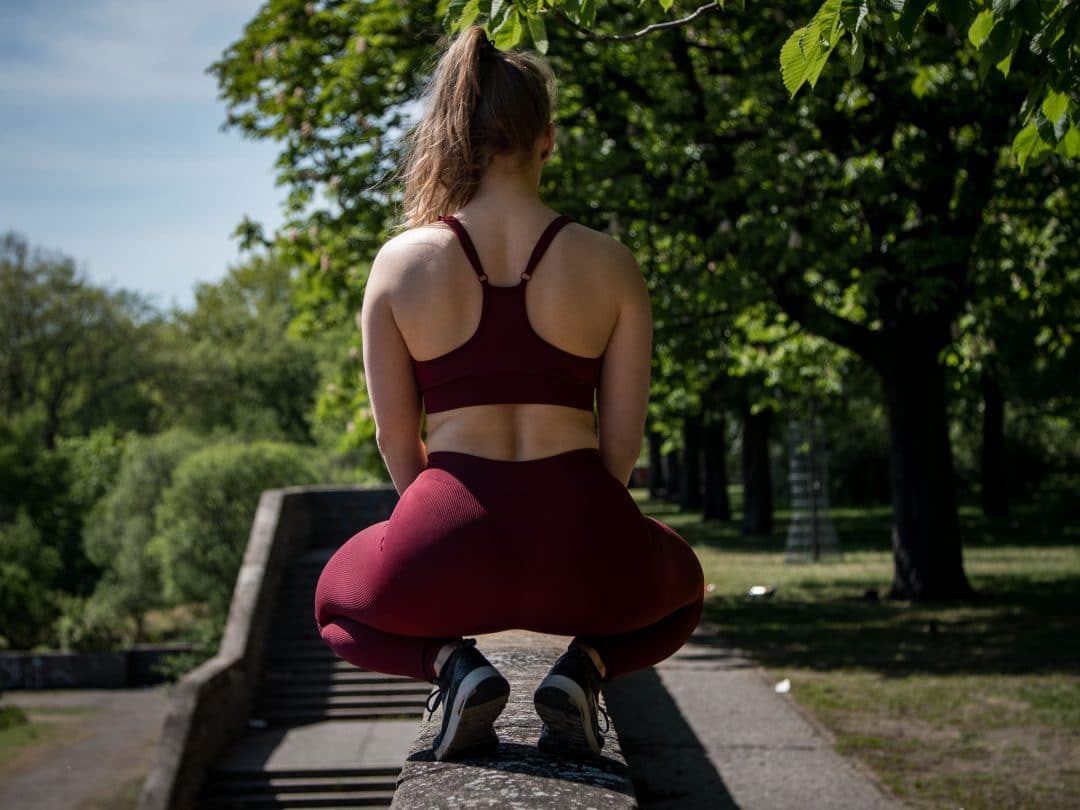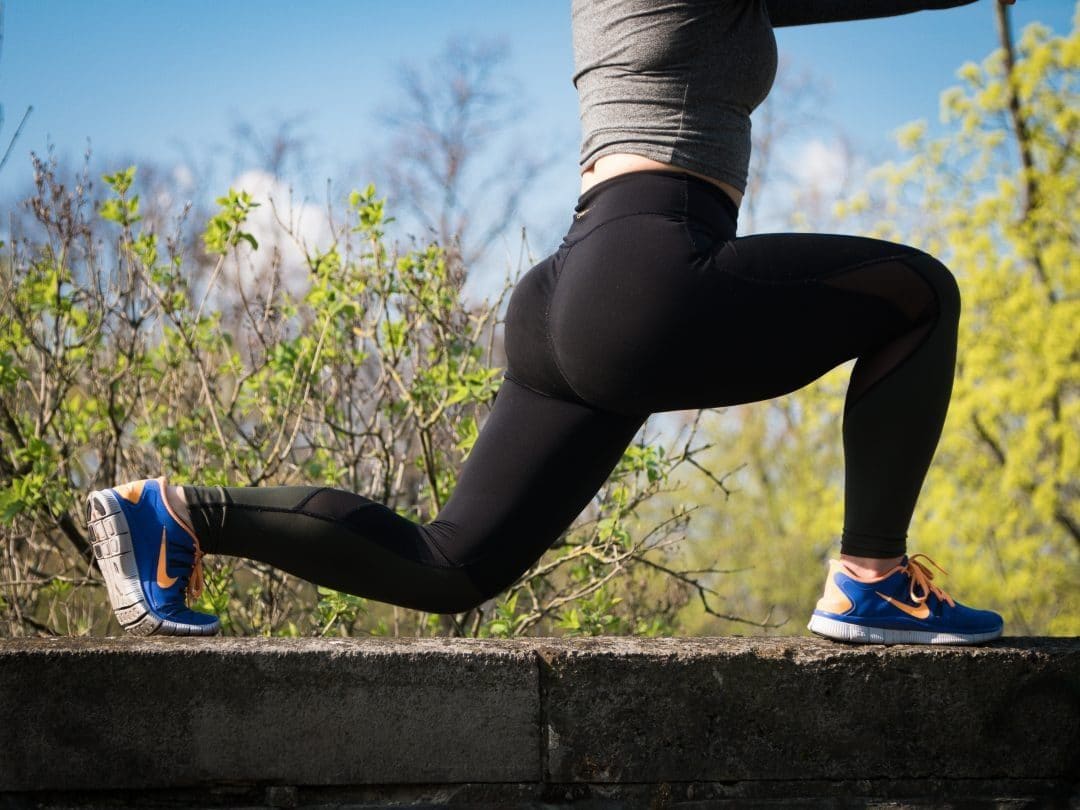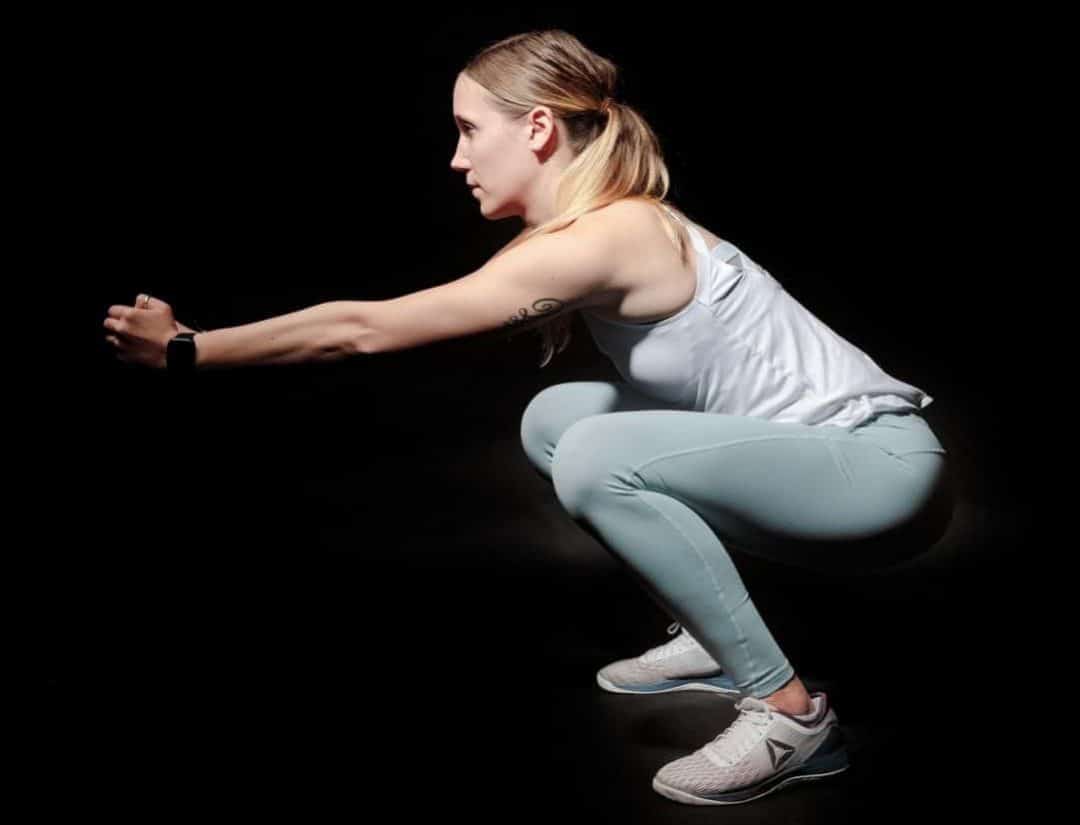The world is in a health revolution at present. The emphasis placed on good nutrition and solid physical training habits is omnipresent from social media to scientific journals. Moving the body is a core tenement in promoting more durable healthspans and increasing longevity. It can often be difficult, however, to find a starting place to incorporate exercise into our daily lives and make improvements. Many of us go straight to the gym full of equipment we don’t know, with judgment lurking around every corner.
However, one of the most fundamental and beneficial exercises requires no membership and can be done anywhere. The squat is the cornerstone of any balanced exercise routine, providing mobility and strength in the lower body and core. When performed correctly and incorporated into a regular fitness routine, the squat can strengthen the legs, lower back, and abdominal muscles while decreasing the likelihood of injury to our hips and knees. In this article, you will learn how to perform a squat with excellent form, the benefits of incorporating squats into a well-rounded fitness routine, and squat challenges to help begin and advance your ability.
Squat Challenge: How to Do Squats

Image Source: unsplash
When incorporating a new exercise into your fitness routine, form is essential. If the exercise is performed improperly, we increase our chances of injury and developing the muscles in a non-optimal way, which can bring our hips or knees out of alignment and cause massive problems later on down the road, so attention to this section is imperative. We begin by making sure we are in a good, erect posture with our feet hip-distance apart. Bring the shoulders back and tighten the abdominal muscles. As you lower down, really push your butt out.
Keeping your knees over your toes, making sure not to push past them or deviate to the left or right, come to where you are in a sitting position. To help find the ideal end position, you can even squat into a chair and stop the movement as your butt comes into contact with the surface. Rise up, making sure that you are maintaining good knee position and keeping your core engaged. Come back to your original, erect starting position while maintaining a slight bend in the knee.
Repeat the movement for 3 sets of 10 to 15 repetitions, or as many as you can do with good form. By performing this routine 2 to 3 times a week, in a month’s time you will have dramatically increased the strength and muscle tone in your legs, butt, and core, and you will be ready for your first squat challenge.
Squat Challenge: Advantages of Squats

Image Source: unsplash
The squat is a vital and irreplaceable component of any balanced fitness routine, but the benefits go beyond strengthening the legs and increasing the surface area of the booty. Here are some advantages of squats you may not have known of.
Helps to Build Muscle Across the Entire Body
Squats provide immense benefit to the quadriceps, hamstrings, and calves, but they also help to build muscle in the abdomen and upper body. The muscles of the legs are so immense that engaging them all at once helps to put the body into an anabolic, or oxygen-deficient, state. When performed properly, they increase the release of growth hormone and testosterone, which will help increase muscle mass across the entire body, particularly when combined with upper body and core training. A good squat challenge will launch you into an anabolic, testosterone and growth hormone releasing state, increasing muscle gains in other areas of physical training.
Shred Fat
Cardio has long been lauded as the best way to burn fat and get lean. We don’t want to discount the efficacy of cardiovascular endurance–it is another essential component of any well-rounded training program that will promote performance in strength and agility training.
However, by increasing muscle mass, especially the mass of the largest muscles in the body, you work to increase your basal metabolic rate. This is the rate at which your body burns energy when you are at rest. Muscle is living tissue that requires oxygen and nutrients, so the more muscle tissue you possess, the more tissue you need to feed. You can expect to burn an extra 50 to 70 calories per day per pound of muscle.
So if you gain five pounds of muscle, you will expend another 250 to 350 calories per day, which will help to expedite the accomplishment of your goals. Not only will you burn calories during a squat challenge, you will continue to burn more calories at rest long after the challenge concludes (assuming you maintain the squat in your routine).
Simplify Everyday Activities
The best kinds of exercises are the ones that train us for life. Carrying in armfuls of groceries, playing with the kids or the dog, mowing the lawn- these are all activities that squats will help you with. Properly performed squats help to maintain good posture (essential for the many of us with desk jobs,) bring our hips and knees into alignment, and strengthen the muscles we use more than any other in our body.
Enhance Peak Performance
There’s no escaping it, squats are an essential cog in the machine of peak performance. That is why elite athletes and top performers, whether it be Navy SEALS, NFL players, or Olympic sprinters, incorporate them into their training. Having a solid squat translates into running faster, running longer, and jumping higher.
Balance and Mobility
It is easy to overlook mobility, but it is crucial to the maintenance of overall health throughout our lifespan. While squats strengthen the massive muscles of the leg like the quadriceps and hamstrings, they also strengthen stabilizing muscles like the soleus, the obliques and intercostal muscles, as well as muscles in the hip. Training these muscles also solidifies the connection between body and mind, increasing coordination. This becomes especially important in older age, where a lack of coordination and strength makes falls more likely, which can be the first step towards a rapid decline in health that eventually culminates in death.
Injury Prevention
Squats are an all-inclusive exercise, recruiting the smaller, weaker stabilizer muscles in the legs and torso while also strengthening the tendons, ligaments, and other connective tissues, all of which are the likeliest candidates for injury. As you progress through your squat journey, you will take your squats deeper and progress your range of motion in the ankles in hips. Greater flexibility and balance is the key to maintaining injury-free training.
Toning Up
There are few exercises out there with the level of muscle recruitment that squats boast. As you progress through a squat challenge or maintain your routine, you’ll notice an increase in lean muscle mass and an overall leaner look to your butt, abs, and legs. They also help to regulate glucose and lipid metabolism and mitigate insulin sensitivity, lowering the risk of obesity, cardiovascular disease, and type II diabetes.
Flow
While squats may help get you into a state of complete absorption in the moment, we’re not talking about that kind of flow. No, we’re talking bowel movements. Bowel movements and fluid movement all throughout the body are improved by the squat. Contraction of the leg muscles helps to return venous circulation to the heart, improve lymphatic circulation, and increase blood flow to help provide nutrients and eliminate waste in all body tissues. And yes, they will help you become more regular and have more pleasant, seamless bowel movements. Because who doesn’t love that unique kind of relief?
Squat Challenges to Try

Image Source: unsplash
So you’ve incorporated the squat into your routine. You’re feeling the effects all throughout your body. Your stamina has improved, you find everyday tasks easier to perform, and you’re having the best bowel movements of your life. You’re ready to take your squat game to the next level. You want a challenge, a squat challenge. We’ve found a couple for you no matter what stage you may be at in your fitness journey.
Squat Challenges for Beginners and Advanced Practitioners
This squat challenge from travelstrong.net might just be one of our favorites. It provides an excellent framework for anyone, no matter what stage they might be at in their fitness journey. Each one of three squat challenges consists of 28 days of different squats, with rest days every 3 days, each challenge designed for beginner, intermediate, and advanced fitness levels. The framework provided would allow someone to progress from having never done a squat before to being an advanced squatter in little more than 3 months’ time. Check it out at https://travelstrong.net/squat-challenge/.
The Shape.com 30-Day Squat Challenge
This squat challenge is excellent due to the variation it provides. It details 12 variations or additions onto the squat, including glute kickbacks, sumo squats, pistol squats, and more. The versatility helps to keep the routine engaging and fun while providing a deep burn and greater progression. They are also keen about providing time for rest days and even offer upper body workouts and yoga flows for broadening your practice. Check out the squat challenge here.
Squat Challenge: Conclusion
When it comes to a balanced and effective exercise routine, squats are indispensable. Whether you are an elite athlete at the top of your game, or a mother of 3 that wants a way to get in better shape and have more energy, squats will provide you with immense benefit to performance and lifelong health.
